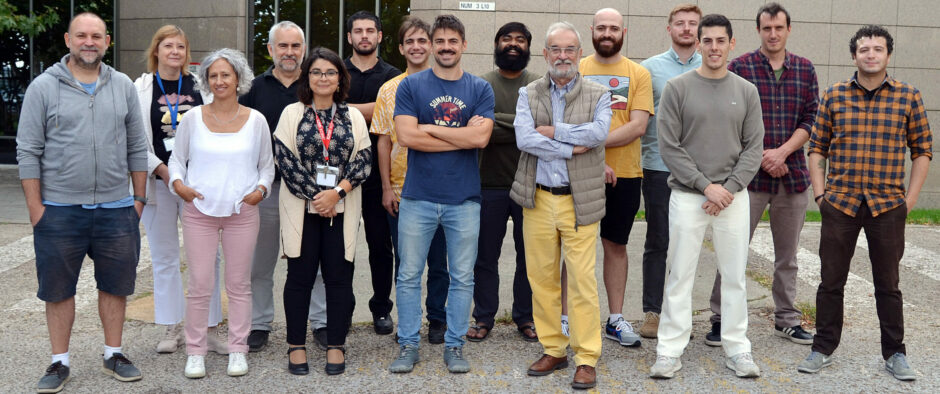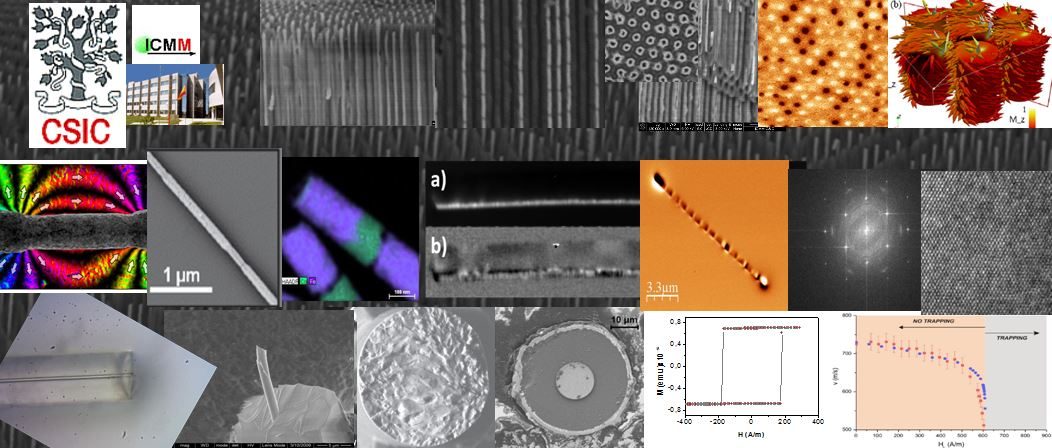PROJECT TITLE: Exploring 3D nanomagnetism in cylindrical geometry for emerging energy-efficient technologies
MAIN RESEARCHERS: Oxana Fesenko, Agustina Asenjo
REFERENCE: PID2019-108075RB-C31
FUNDED BY: Ministerio de Ciencia e Innovación
SINCE: 2020 TO: 2024
BUDGET: 185.000 €
ABSTRACT: The emerging industrial revolution, so called industry 4.0 involves the internet of things which will allow all the information related to public safety, human healthcare, environmental changes and industrial automation to be scrutinized and monitored on one platform of distributed electronic devices. Moreover, future nanoscale internet-of things applications call for the use of green technologies based on 3D nanostructures. In such a landscape, nanosystems with curved geometry are emerging where novel phenomena in magnetism are observed and with potential technological implications. Magnetic cylindrical nanowires offer for these applications multifunctional capabilities with energy efficient responses to electric, magnetic, magneto-elastic, thermal, etc. stimuli. The role of key information carriers is played there by magnetic domain walls for compact storage and spin waves for energy efficient communication. On the other hand, recent theoretical findings reported new interesting physics related to cylindrical geometry such as the appearance of topological effects without the need of special material. One of the most appealing features of cylindrical magnetic nanowires is a very movable and topologically protected Bloch-point domain wall. In this project, we explore the possibility to use the energy-efficient ways to manipulate Bloch-point domain walls, spin currents and spinwaves in magnetic cylindrical nanowires for the future green technologies. By combined efforts of different expertise such as preparation of designed nanowire and devices, excitation schemes, magnetic force microscopy, synchrotron imaging, magnetothermal effects, broad-band ferromagnetic resonance, theory and modelling we will try to push forward the possibility to use these nanostructures in emerging applications. Namely, by means of electrodeposition or atomic layer deposition techniques into anodic alumina templates we will engineer novel nanostructures such as Heusler alloy, core-shell or multi-segmented nanowires with periodically alternating materials and geometries and image topologically non-trivial magnetization structures. We will explore their manipulation by technologies which hold the promise for energy saving such as (i) the possibility to move domain walls in cylindrical magnetic nanowires by means of electric current (spintronics); ii) the possibility to create spin current and move domain walls by thermal gradients (spincaloritronics); iii) high frequency magnetisation dynamics (magnonics); iv) the study of thermoelectric and thermomagnetic effects in arrays of cylindrical nanowires; v) the development of a concept of vortex-based vertical nano-oscillators, by using multilayer nanowires, for future nanoscale communication technologies; vi) the exploration of a new concept of magnetic imaging based on the detection of energy dissipation by the probe of the Magnetic Force Microscopy, a very sensitive mode with high spatial and time resolution.


